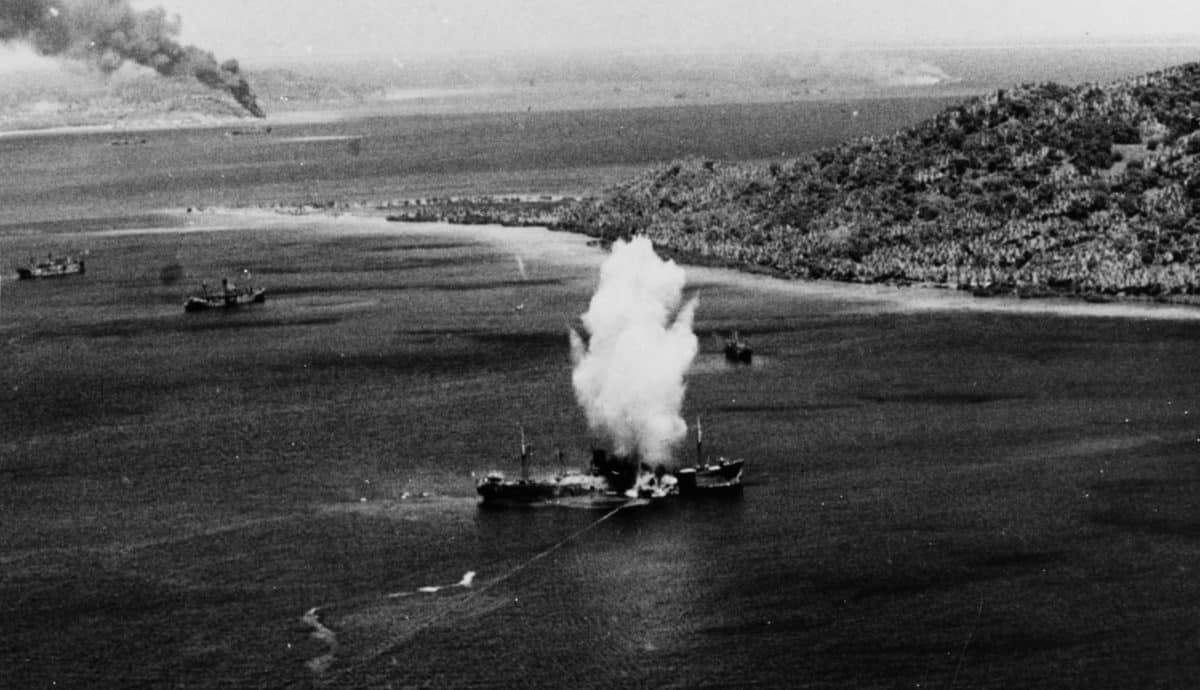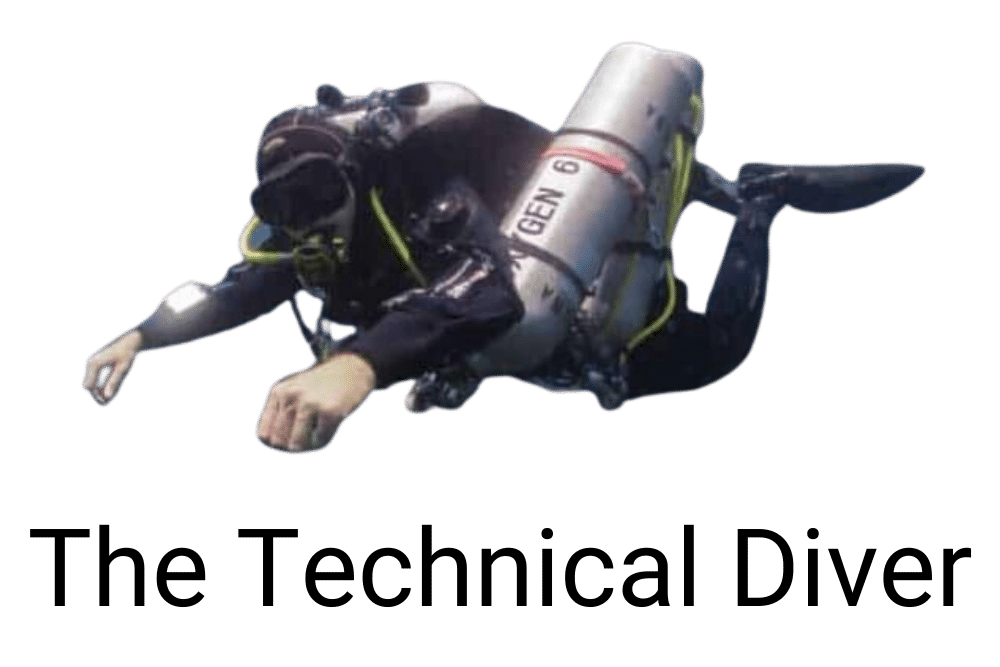Chuuk Lagoon

Diving in Chuuk Lagoon (Truk)
Chuuk Lagoon, previously known as Truk Lagoon, is located in the Federated States of Micronesia. It’s renowned as one of the world’s most significant underwater museums due to its large assembly of World War II shipwrecks. Thie waters of the lagoon encapsulates a pivotal moment in military history during Operation Hailstone in February 1944. Chuuk Lagoon was a major forward operating base of the Imperial Japanese Navy, located in the central Pacific Ocean. The lagoon’s geography offered a natural fortress, with a protective barrier reef encircling a bay that served as a safe haven for Japanese naval operations. Due to its strategic importance, it was heavily fortified with defences and served as a logistical hub throughout the early stages of the Pacific War.
Please note that this page is a work in progress. I have added most of the wrecks so you can see videos of them, but will fill in the blurb as and when I have the time.
Operation Hailstone
Executed on 17th and 18th February 1944, Operation Hailstone was a massive surprise attack by the United States Navy against the Japanese fleet stationed at Truk Lagoon as it was then called. Planned as a counterpart to the raids against Tarawa and aimed at neutralizing Japanese operational capabilities in the Pacific, the operation involved a series of air and sea attacks over two days. Carrier-based aircraft from the United States Navy, including bombers, torpedo planes, and fighters, launched continuous waves of attacks against Japanese ships and aircraft. The attack was devastatingly effective, catching the Japanese largely unprepared and resulting in significant destruction of naval and air power.
Ship graveyard
The aftermath of Operation Hailstone left behind an extensive array of sunken ships, aircraft, and other military equipment, transforming Chuuk Lagoon into one of the largest underwater archaeological sites in the world. More than 60 ships and 275 aircraft were sunk or destroyed, many of which remain almost intact to this day. The wrecks include a variety of auxiliary ships, freighters, destroyers, and submarines, along with fighter planes, bombers, and seaplanes.
Perhaps one of the most incredible things about the wrecks of Chuuck lagoon, is that after the war it was largely forgotten about. It was actually Jaque Cousteau that rediscovered the wrecks. It was well documented at the time that Cousteau’s team took a huge number of artefacts from the wrecks. The whereabouts of which are thought to be in a warehouse in Paris.
Among the notable wrecks are the Fujikawa Maru, a converted passenger and cargo ship that served as an aircraft ferry and repair ship, and the oil tanker Shinkoku Maru. The wrecks are scattered across the lagoon at various depths. Many sit in shallow waters suitable for recreational divers, but others are only accessible to tech divers.
The wrecks have become thriving marine habitats, providing shelter and substrates for coral growth and an abundance of marine life. This transformation from instruments of war to life-supporting ecosystems offers a poignant narrative on the power of nature to reclaim and repurpose even the remnants of human conflict.
Getting to Chuuk Lagoon
There’s no avoiding the fact that unless you live in the Philippines or Guam, getting to Chuuk Lagoon is a very long journey. From the UK it’s usually a flight to Manilla, then a flight to Guam, then the flight to Weno. From the US you can get a flight from Hawai with American Airlines that stops at Weno. Or a flight from somewhere in the US to Guam, then another to Weno. If you’re flying from New Zealand or Australia, you can fly Air New Guinea to Port Moresby and transfer from there. You’ll be on another planet by the time you arrive regardless.
Whether you’re diving on a liveaboard or from one of the hotels, they will usually arrange to pick you up from the airport. There’s really nothing in Weno, the odd supermarket, but nothing else. It’s quite a depressing place, very run down with a lot of poverty and alcoholism. Definitely not a place to wander around in the dark.
Fujikawa Maru
The Fujikawa Maru, originally built in 1938 by Mitsubishi Corporation in Nagasaki, Japan, was a cargo ship that also served as a passenger liner between Yokohama and South America. However, with the outbreak of World War II, the ship was requisitioned by the Imperial Japanese Navy. It was converted into an aircraft ferry, tasked with transporting aircraft parts and other war materials crucial to Japan’s military efforts in the Pacific theatre.
Circumstances of the sinking
During Operation Hailstone, the Fujikawa Maru was in the process of being unloaded. As such, it was a sitting duck. It was struck by multiple torpedoes and bombs dropped by U.S. carrier-based aircraft. The bombs that hit the Fujikawa Maru caused catastrophic damage. They penetrated the ship’s hull and reached the lower cargo holds, which not only contained aircraft but also ammunition and fuel, leading to secondary explosions that sealed the fate of the vessel. The fires from these explosions would have made any firefighting efforts futile, contributing to the rapid sinking of the ship.
The wreck today
The wreck is located in relatively shallow waters, making it accessible to divers of varying skill levels. The top of the superstructure is at a depth of about 9 meters, while the deepest part of the hull reaches down to approximately 34 meters. These depths allow novice and experienced divers to explore different parts of the ship comfortably. Divers can swim through the bridge and deck areas.
Perhaps the most fascinating aspect of the Fujikawa Maru is its cargo holds, which still house the remnants of fighter aircraft, including several Mitsubishi A6M Zero fighters. They lie in various states of assembly. The holds also contain munitions and some personal effects of the crew, such as gas masks. The engine room provides a deeper dive into the mechanical workings of the ship. The engines, intricate pipework, and machinery are encrusted with marine life and coral, The iconic R2D2 is located here.
The wreck today
The San Francisco Maru rests upright on the seabed at a depth of approximately 63 meters (207 feet). The top of the deck is at 50m and the shallowest part of the wreck is the masts at 32m. Such depths make it a technical dive, though you’ll see local dive guides leading customers, all on single tanks.
On the starboard deck there are two type 95 Ha-Go tanks. Next to the tanks on the starboard side is a 1.5 ton 4×2 Isuzu Type 94 flatbed truck. On the port side sits another tank. The cargo holds contain various munitions, bombs, and artillery shells. Hold number two has two partially collapsed flatbed trucks. There used to be a lot of hemispherical mines in the cargo holds, but they were removed by locals. One of the highlights of the wreck is the large engine room, which is easily acceible through the skylights. Towards the stern, evidence of where the bomb hit is visible. Hold number four contains torpedoes, and the doghouse at the stern, though collapsed, contains lanterns in various states of preservation.
The wreck today
The Aikoku Maru now lies upright at a depth of 65 meters. The bow was destroyed in the explosion. The shallowest part of the wreck is the collapsed smokestack at 40m. Aft of the smokestack, the superstructure is intact and areas to explore include several cargo holds, the engine room, the auxhillary steering at the stern and the anti-aircraft gun that is still pointing up as it was on the day it sank.
Many of the human remains were removed in 1980, but some still remain, so when diving the wreck please respect that it’s a war grave.
The Wreck Today
The Bridge
The highlight of a dive is the bridge, which is fairly intact. The helm is still standing and is a sought-after place for photographers. Below the bridge lies the officers’ quarters and the galley. Personal items of the crew are still visible.
Marine Life
Unsurprisingly, the Nippo Maru is covered in marine life- such as sponges and coral, and larger pelagics are often seen, such as eagle rays and sometimes dolphins.
The wreck today
The wreck today
The wreck today
The wreck today
The wreck today
The wreck today
The wreck today
The wreck today
The wreck today
The wreck today
The wreck today
The wreck today
The wreck today
The wreck today
The wreck today
The wreck today
The wreck today
The wreck today
The wreck today
The wreck today
The wreck today
The wreck today
The wreck today
The wreck today
The wreck today
The wreck today
The wreck today
Please contact me if you have updated information on the condition of the wrecks.
